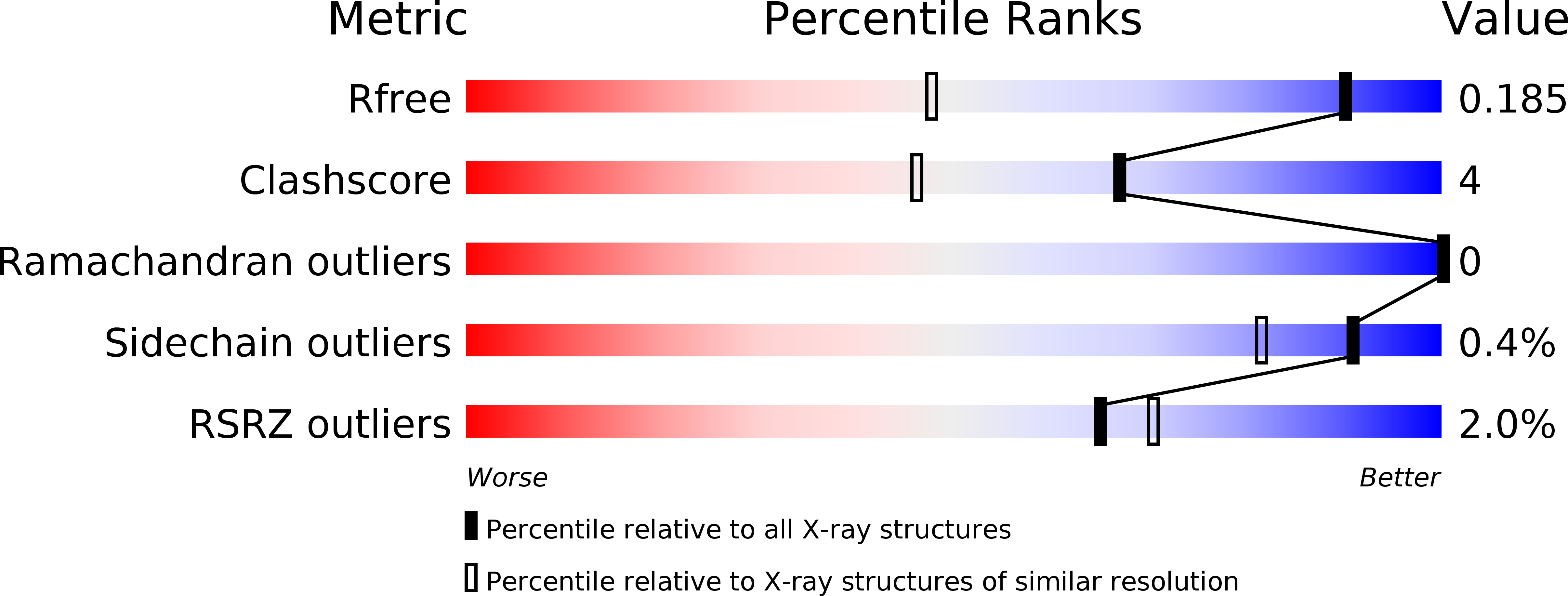
Deposition Date
2009-08-17
Release Date
2010-07-14
Last Version Date
2023-09-06
Entry Detail
PDB ID:
3IP5
Keywords:
Title:
Structure of Atu2422-GABA receptor in complex with alanine
Biological Source:
Source Organism:
Agrobacterium tumefaciens (Taxon ID: 176299)
Host Organism:
Method Details:
Experimental Method:
Resolution:
1.35 Å
R-Value Free:
0.18
R-Value Work:
0.16
R-Value Observed:
0.16
Space Group:
C 1 2 1


